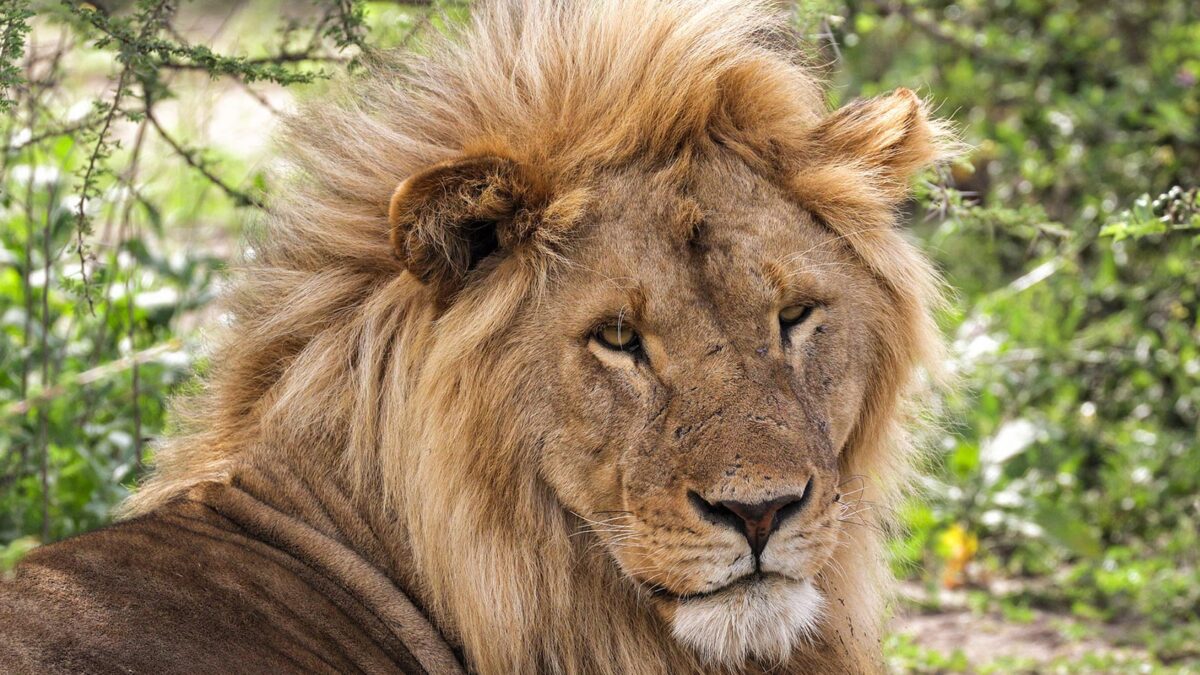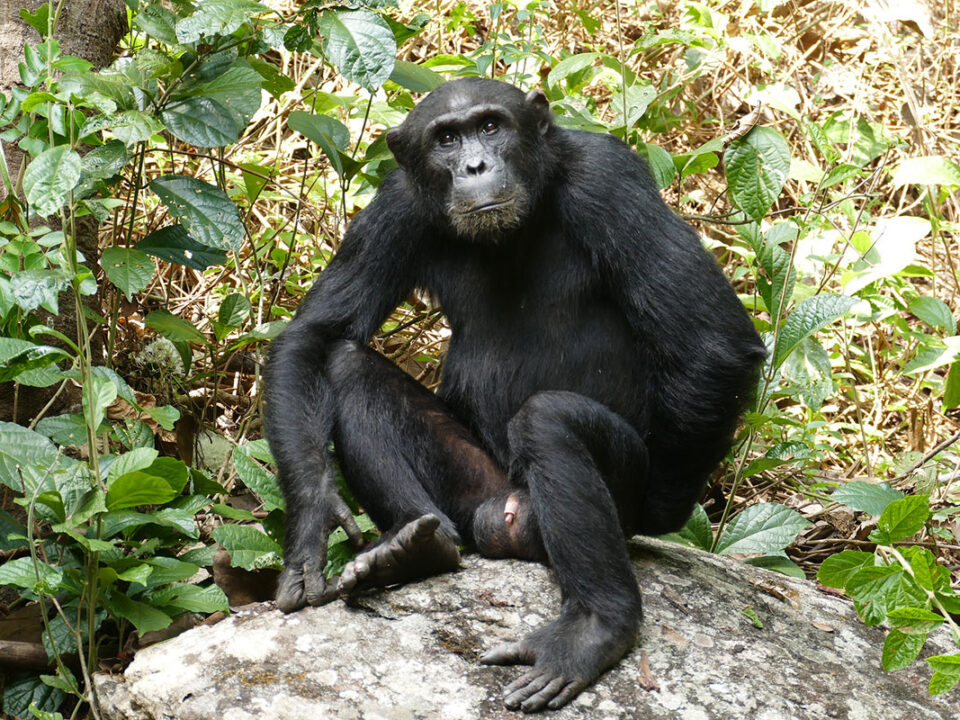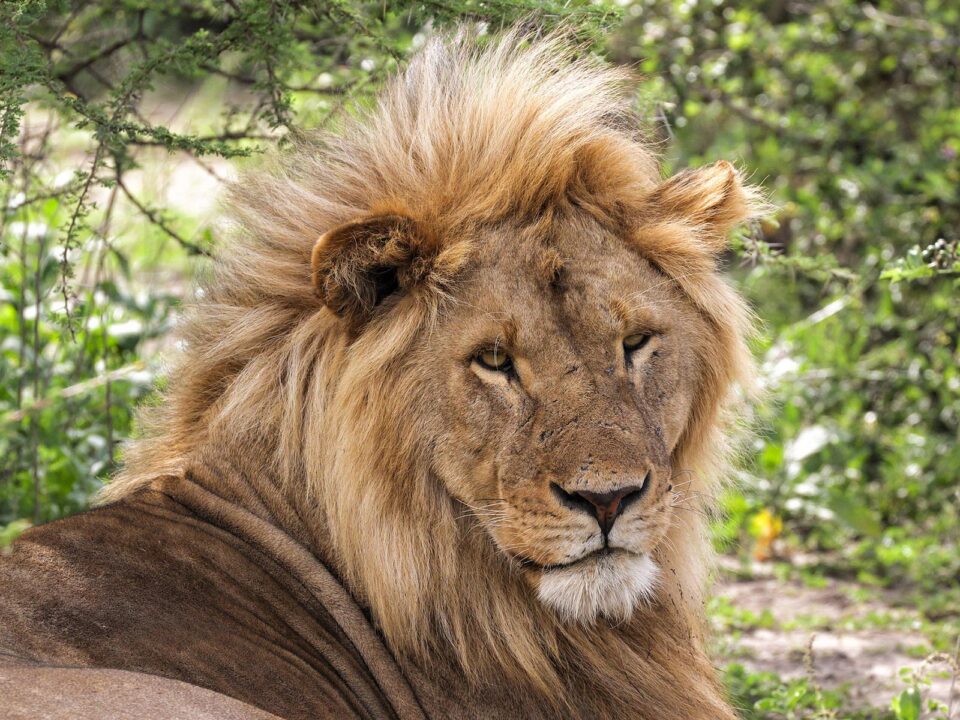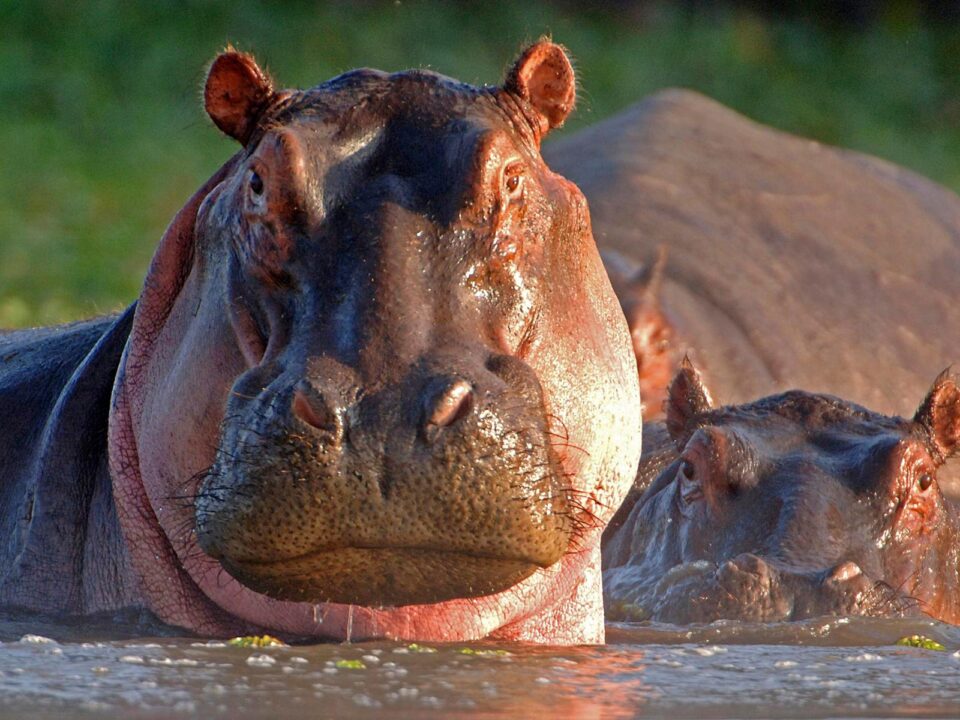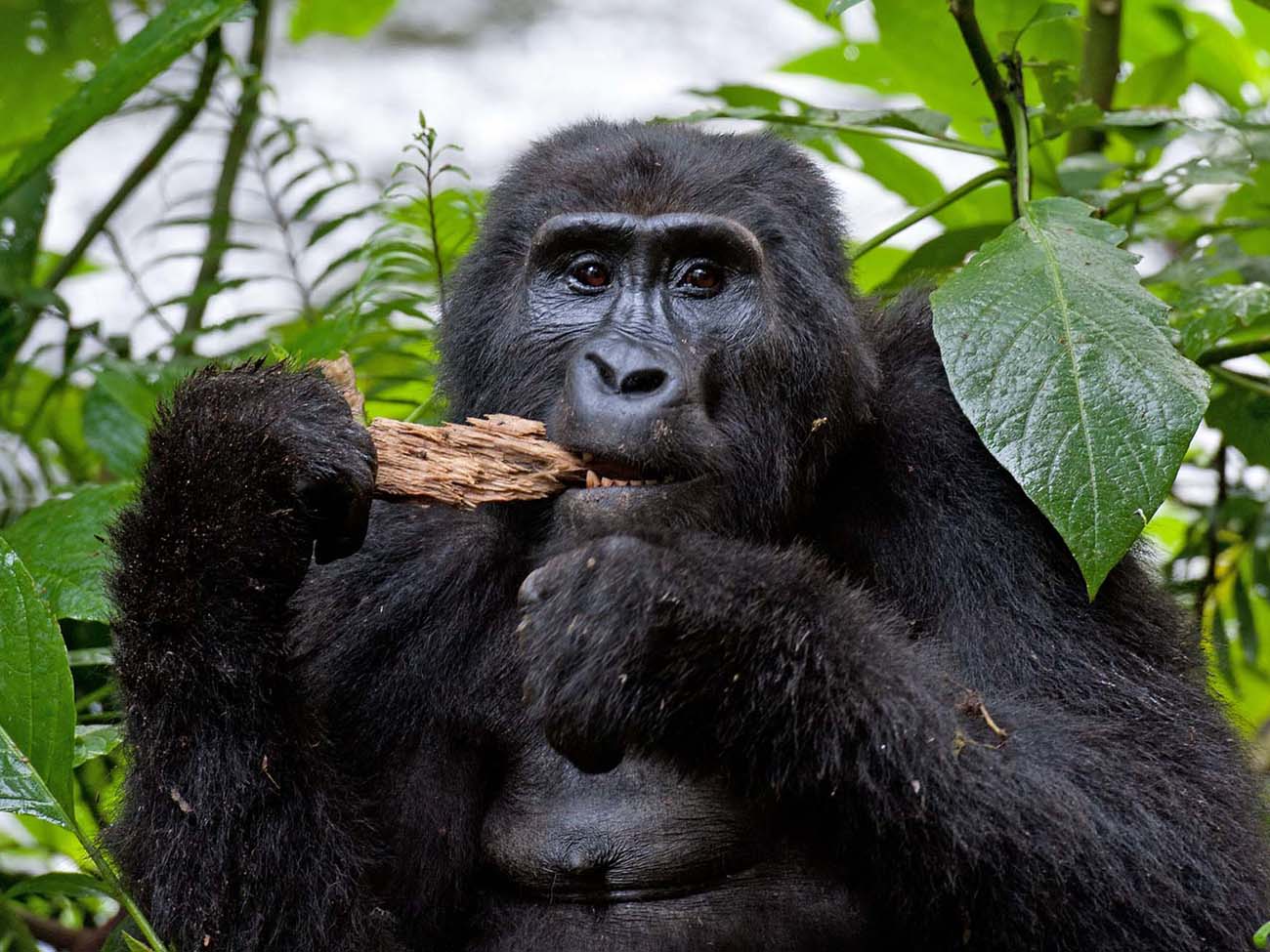
How many hours can one spend with Mountain Gorillas?
January 2, 2024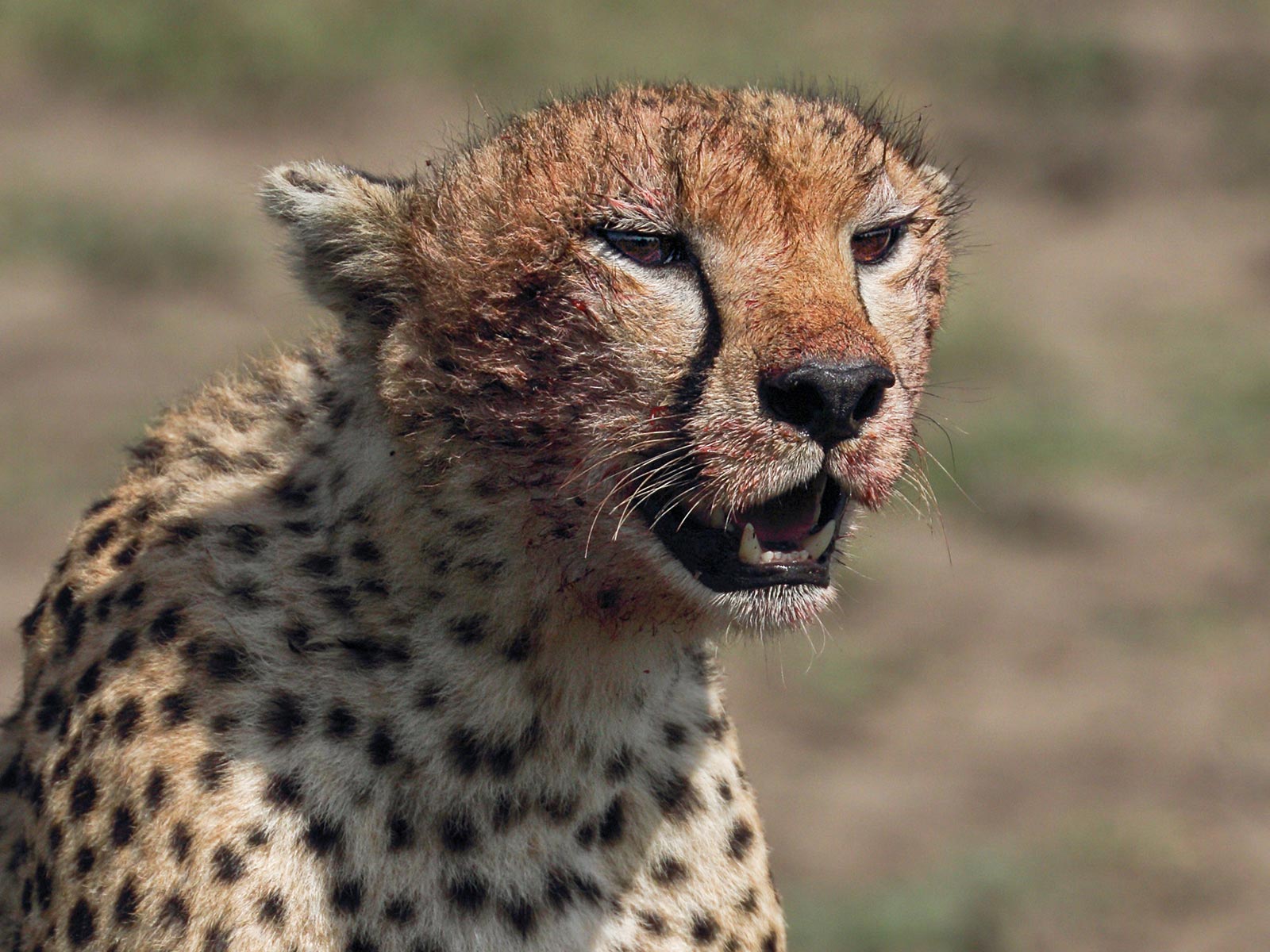
10 Safari Activities in Ngorongoro Crater Tanzania
January 2, 2024Best Time to Visit Ngorongoro Crater in Tanzania: Balancing Seasons for an Enriching Safari Experience
Best Time to Visit Ngorongoro Crater in Tanzania — Embarking on a safari adventure to Ngorongoro Crater in Tanzania offers a unique opportunity to witness the diverse wildlife thriving in this natural wonder. While game viewing is exceptional throughout the year, the decision of whether to visit during the dry or wet season can significantly impact your experience. In this comprehensive guide, we delve into the intricacies of each season, providing insights to help you plan the perfect safari month by month.
June to October – Dry Season
The dry season, spanning from June to October, stands out as the prime time to explore Ngorongoro Crater. During this period, the vegetation is less dense, making it easier to spot wildlife congregating around waterholes and rivers. Rainfall is minimal, and in some instances, absent, accompanied by plenty of sunshine. The risk of malaria is significantly reduced due to fewer mosquitoes. However, visitors should be prepared for cold mornings and nights, with daytime temperatures remaining cool. Tourists flock to the crater during these months, leading to a bustling atmosphere. For those embarking on morning game drives, packing warm clothes is advisable.
November to May – The Wet Season
Ngorongoro Crater unveils its breathtaking beauty during the wet season, extending from November to May. This period ensures remarkable game viewing against a backdrop of lush greenery and scenic landscapes. The months of April and May mark the low season, characterized by fewer tourists and potential accommodation discounts. Bird enthusiasts will find this time particularly appealing, with various migratory birds gracing the park. The peak of the wet season occurs from March to May.
The leeward side of the Ngorongoro highlands hosts the formidable Oldonyo Lengai, an active volcano and the third-highest peak after Mount Meru and Mount Kilimanjaro. Nestled at the foot of this mountain lies the captivating Lake Natron, a primary breeding ground for exquisite flamingos.
General Weather and Climate in Ngorongoro Conservation Area
June, July, August, September, and October
During the dry season, afternoon temperatures hover around 19°C (66°F) on the crater floor, accompanied by abundant sunshine. The nights turn notably cold, with the potential for freezing temperatures on the crater’s edge. Warm clothing is strongly recommended for early morning game drives.
Wet Season – November to May
In the wet season, days are warmer than those in the dry season, although mornings remain chilly. Afternoon temperatures reach approximately 23°C (73°F) on the crater floor, dropping to around 6°C (43°F) on the crater’s edge. Occasional freezing temperatures may be experienced.
November and December – Short Rains
Short rains, typically in the afternoon, are unlikely to disrupt safaris. These brief showers last for about a month, occurring between October and December.
January and February
A dry spell may occur during the wet season, but its timing remains unpredictable.
March, April, and May – The Long Rains
Wetness peaks during this period, with rain expected on most days. Average temperatures range from 21°C (70°F) to 6°C (43°F) on the crater floor and edge, respectively. Cooler weather may be encountered in April and May due to a prevailing cold front.
Careful consideration of these seasonal nuances will empower you to make an informed decision, ensuring a memorable and harmonious safari experience in the captivating Ngorongoro Crater.

